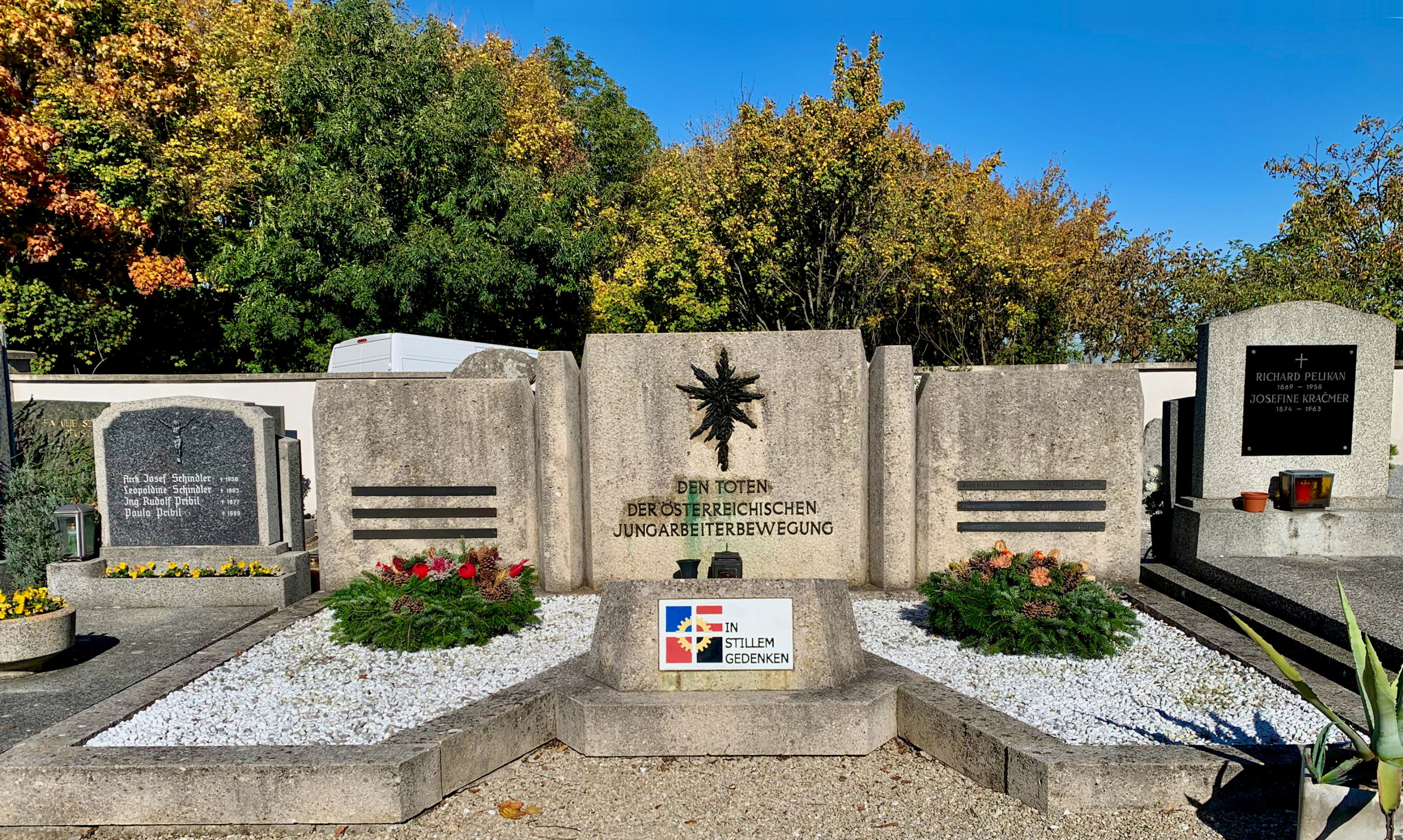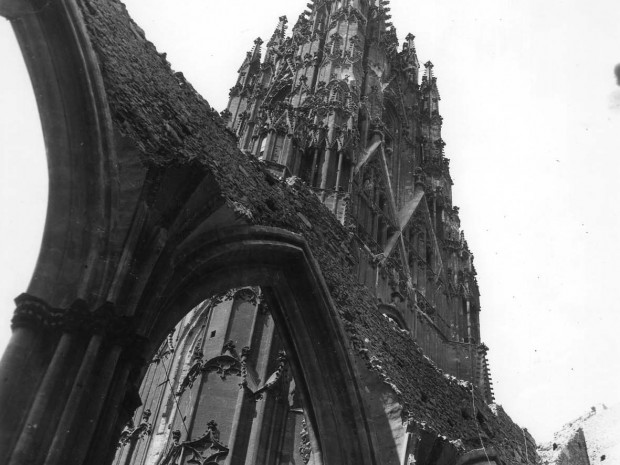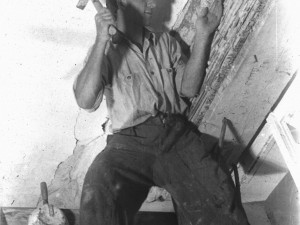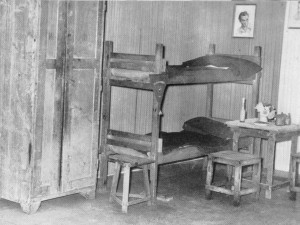History
How did ÖJAB come to exist?
ÖJAB (the Austrian Young Workers’ Movement) was founded by Dr. Bruno Buchwieser in 1946.
At the time, Dr. Buchwieser was working for his parents’ construction firm as a site manager for the reconstruction of St. Stephen’s Cathedral in Vienna. The Buchwieser firm employed a great number of young workers there from different parts of Austria who had come to bombed-out Vienna in search of work.
To resolve the issue of accommodating these young workers, Dr. Buchwieser and friends set up a hostel of sorts in a bomb ruin on Himmelpfortgasse in Vienna – which ended up becoming first dormitory of the Austrian Young Workers Movement (see gallery at right).
The “Young Workers Movement” itself was born when a society of young people formed at this dormitory – people who sought to help each other and work toward common goals.
Further dormitories were founded in Vienna and then in other Austrian cities, as well. These facilities provided young people with a home away from home in the places where they’d come to study.
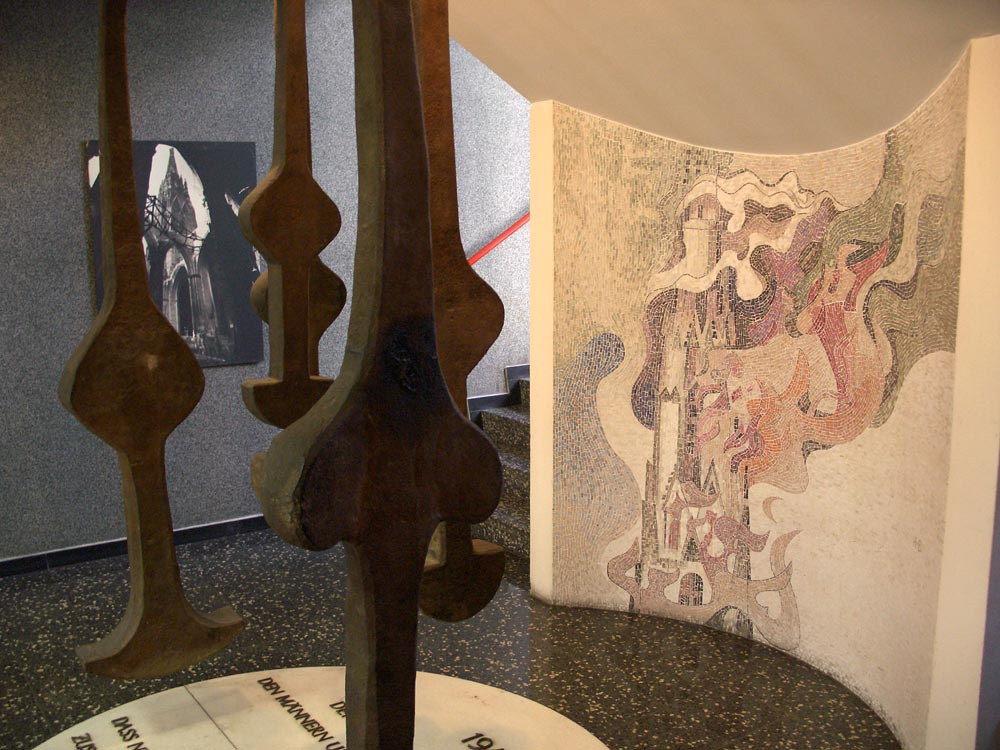
A fire in 1945 ended up virtually destroying St. Stephen’s Cathedral in Vienna, taking with it the cathedral’s baroque-period bells. Only the bells’ clappers survived. Since 1980, these clappers from the old St. Stephens Cathedral bells have been displayed in the ÖJAB Head office at Mittelgasse 16, A-1060 Vienna (photo at left).
The mosaic behind the clappers, which was created by Hermann Bauch, depicts the fire at St. Stephen’s Cathedral.
The fundamental ideas behind ÖJAB are clear to see in the association’s coat of arms-like logo:
- The red-white-red field represents the Austrian flag as an affirmation of Austria as a country.
- The black, red, and blue fields stand for the three political parties that were represented in parliament during ÖJAB’s initial years and signify its political independence.
- The cogwheel is a symbol of labor as a unifying factor, with the underlying primary goal of giving youth a chance.
- The implied cross at the center symbolizes humanism on the basis of a Christian worldview.
ÖJAB's SchNeeberg SUMMIT CROSS
Atop the Waxriegel (1,888 m), a peak belonging to Lower Austria’s Schneeberg massif, one finds a summit cross erected by ÖJAB in 1985 — the UN’s “International Youth Year” — as a peace monument.
This summit cross had been produced by a company specialized in structural steelwork earlier that year at the request of the ÖJAB house manager, employee, and vice president Hubert Schober (1950–2009), who then set it up on the Waxriegel together with ÖJAB student and youth dormitory residents.
ÖJAB still cares for its summit cross to this day. The cross has repeatedly needed repairs following harsh winters, even having to be completely rebuilt several times.
ÖJAB organizes regular hikes to this summit cross, which remains a popular destination for alpine enthusiasts. The ÖJAB summit cross is just a few minutes’ walk from the top station of the Schneeberg cog railway.
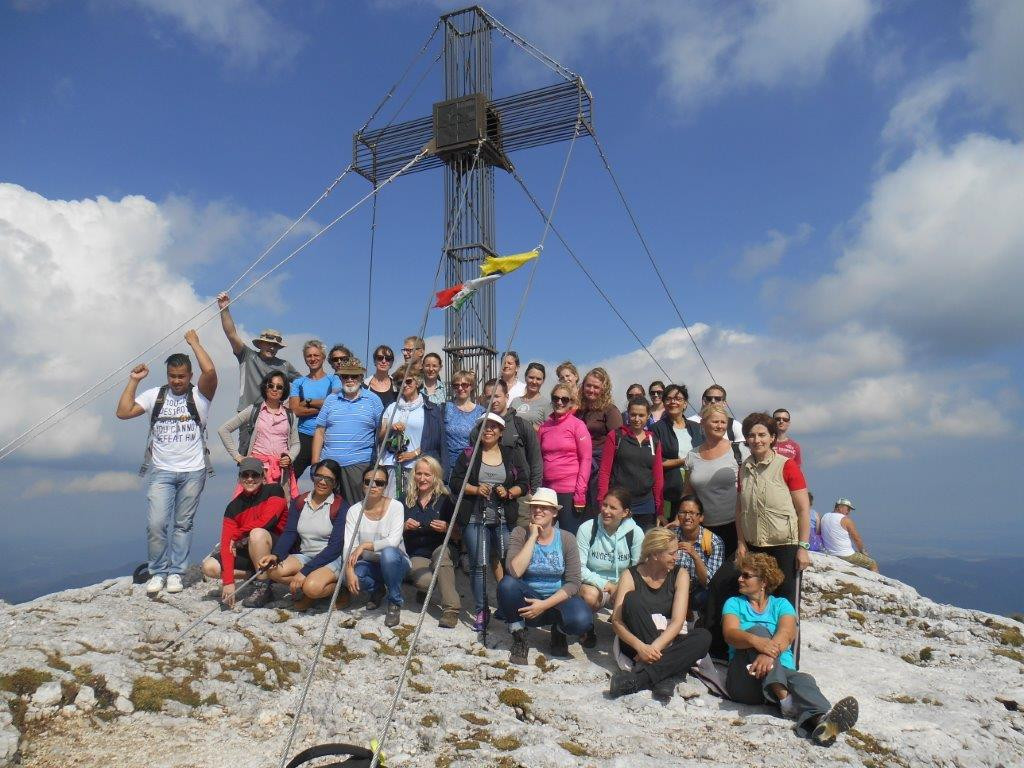
A final resting place for individuals without families
Decades ago, ÖJAB established a communal grave at the cemetery in Gießhübel, just south of Vienna.
This grave serves as a final resting place for people who had no immediate or extended family and thus would not have been buried in family graves.
These individuals helped to carry ÖJAB forward, shaping and guiding ÖJAB as members and/or supporters. One might say that ÖJAB was their family.
For this reason, ÖJAB dedicated this grave to them as a final resting place and will continue to preserve their memory in the future.
